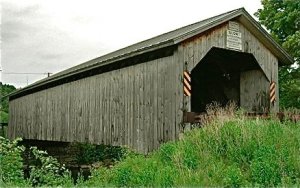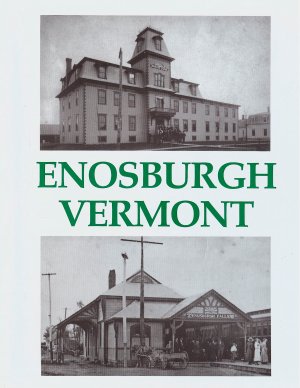Zoning Changes in the Town of Enosburg, 2013
As the Enosburgh Town by-laws became due for update the Town Conservation Commission saw an opportunity to improve the town plan to further protect the natural resources in the town. In partnership with Cold Hollow to Canada the commission applied for and received the Davis Grant, administered through the Vermont Natural Resource Council (VNRC) to look at the town plan in respects to how it could improve wildlife habitat and prevent fragmentation.
Based on the information gathered by VNRC the commission then worked with the town planning commission and the Northwest Regional Planning Commission to update the zoning by-laws and add language to protect natural resources.
The overall goal was to prevent fragmentation, which they addressed by putting in language about limiting the length of new roads, requiring conditional review for developments on 50 acres or more in the agricultural district, strengthening the conservation district uses, expanding the natural resources overlay district to include areas of connectivity mapped by VT Fish and Wildlife, and adding clear definitions of what terms like 'wildlife habitat' mean.
Outreach
* Updated the town zoning to conserve the natural resources within the town of Enosburg.
* Facilitated an opportunity for the conservation commission and the planning commission to meet, collaborate, and learn about each other.
Cold Hollow to Canada
Vermont Fish and Wildlife
Northwest Regional Planning Commission
Vermont Natural Resources Council
It was critical for the conservation commission to be at the table with the planning commission and be involved with every step of the process, in order to keep the focus on the issues the conservation commission thought were most important. It was also important to educate the town officials and members about the issues that conservation commission wanted to address, so that they all had a common understanding of what the issues were and why they were important. Partners helped in this effort, for example Cold Hollow to Canada gave a presentation on connectivity for the town.
It proved to be critical for the conservation commission to be involved in every iteration of the plan to ensure that their issues were not being left out. As it was, the final revision of the plan was not thoroughly reviewed and as a result the conservation commission may have missed its last opportunity to advocate for further protections.
Zoning Map

